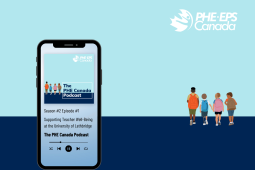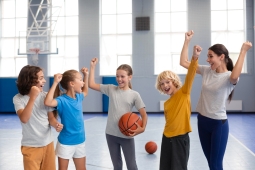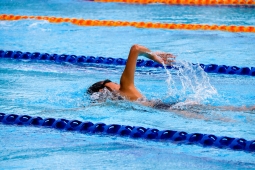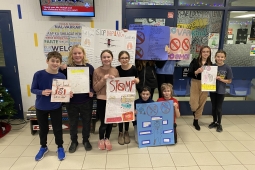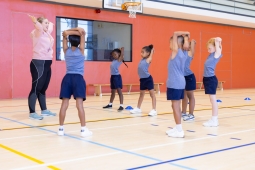Innovative Toppletubes or Cups for Activity and Numeracy
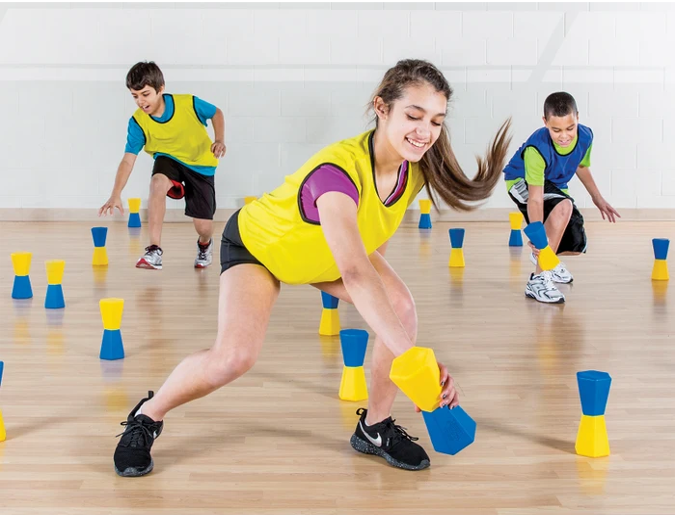
Toppletubes are an exciting and versatile addition to any Physical Education or classroom experience. Originally designed to make the popular Cup Flipping warm-up game easier and fairer, Toppletubes offer a variety of uses that go beyond the traditional activity.
A Toppletube is a durable, reversible piece of equipment used in physical education and classroom games. Unlike traditional cups, each Toppletube is identical on both sides, typically blue and yellow, ensuring fair play in flipping games. It is commonly used for activities like Cup Flipping, numeracy games, and variations of Tic Tac Toe. Its versatility and balance make it ideal for active learning and team-building exercises.
Toppletubes were created by Gopher Sport, a company known for providing high-quality physical education equipment. They designed Toppletubes to offer a more balanced and versatile alternative to traditional cup-flipping games, as well as to support a variety of physical activities and educational games. Gopher Sport is a well-established brand in the world of PE and classroom equipment.
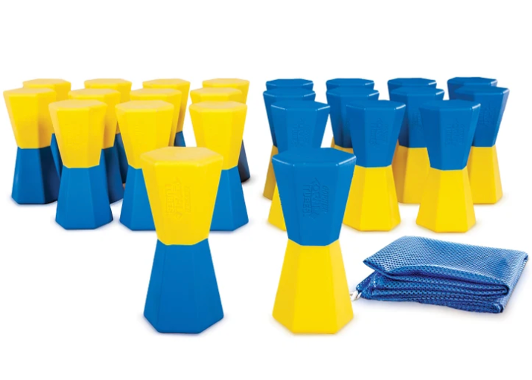
Classic Cup Flipping
In the classic Cup Flipping game, teams compete to flip all the cups to either an upright or upside-down position. The upside-down team has an advantage, as the cup's opening is wider than its base. With Toppletubes, both teams are challenged equally—one aims to get as many Toppletubes with the blue side up, while the other works to flip the yellow side up. The design of the Toppletubes makes the game fair for all players, ensuring an equal challenge for each team.
Fun Variations of Toppletube Games
There are numerous ways to modify the Toppletube game to keep it fresh and engaging. For example, players can challenge themselves by flipping Toppletubes using only their feet or any body parts except their hands or feet. Another twist is to partner up, where neither teammate can use their hands or feet to flip the tubes.
For a more anaerobically challenging game, try Topple Three Up. To play, place four Toppletubes on their sides in a square, five to seven paces apart (the further the distance, the more strenuous the game). Players start at a corner and are assigned a colour—blue or yellow. When the signal to begin is given, each player attempts to flip three of the Toppletubes to their assigned colour. The first player to flip three of their colour wins. You can adjust the game by having players dribble a ball between the Toppletubes, having players pair off on scooters or wheelchairs, or placing as many as seven Toppletubes with the winner required to flip four or five Toppletubes to their colour.
Video: example of a Topple Three Up game using Toppletubes
Toppletube Tic Tac Toe
Toppletubes also offer a creative way to play classic games like Tic Tac Toe. Begin by laying out nine Toppletubes in a Tic Tac Toe pattern on the ground. Create a start line a few paces away from the grid (the greater the distance, the more running involved). Each player or team of players picks a colour and, on the signal to begin, runs to the Toppletubes to flip one to their colour. The player then returns to the start line and repeats the process until all Toppletubes are flipped. The goal is to get three Toppletubes in a row. If no player has three in a row by the time all tubes are flipped, they can try to flip one of the opponent’s tubes to gain an advantage.
Variations include having players pair up, getting two “three-in-a-rows,” expanding the grid to four-by-four for a larger challenge, or playing with no running but from a push-up or plank position.
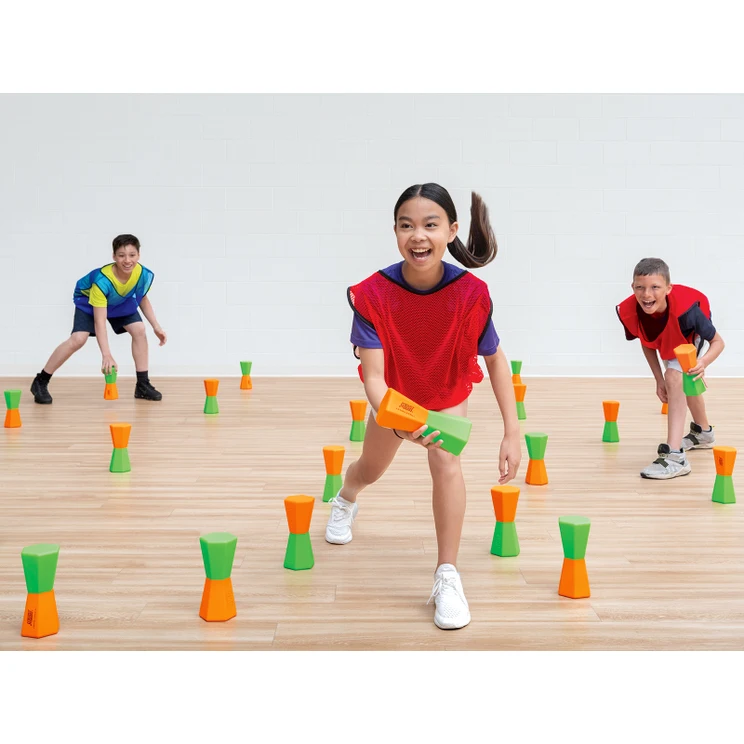
Toppletubes for Numeracy Games
Toppletubes can also be used for exciting numeracy games. Number the Toppletubes from 1 to 24 on one side, then place them in a 5 by 5 grid pattern with the numbers down, and with sufficient space between the Toppletubes for players to run between them. Teams of four stand three to four paces from the grid, each assigned a range of numbers. On the leader's signal to begin, the first player uncovers one of the Toppletubes and if it is their first number (e.g., number 1 for the group assigned numbers 1-4) the player returns the Toppletube to their group. If it is not the first number but another number from their group, the team remembers that Toppletube’s location, puts the Toppletube down and returns empty-handed to their team. The first team to collect all their Toppletubes in order wins. This game is a great way to encourage both physical activity and number recognition.
Video: example of a Double Three in a Row game using Toppletubes
Endless Possibilities with Toppletubes
While you can play similar games with traditional cups, Toppletubes provide a much fairer challenge for each team. The possibilities are endless—from games like Speed Scrabble to various target games using pins.
For more detailed game instructions, including videos, check out:
- Numeracy games using Toppletubes: Numeracy Index
- Pin and other Target games: Target Index
Discover the innovative Toppletubes here: Toppletubes on Gopher Sport



